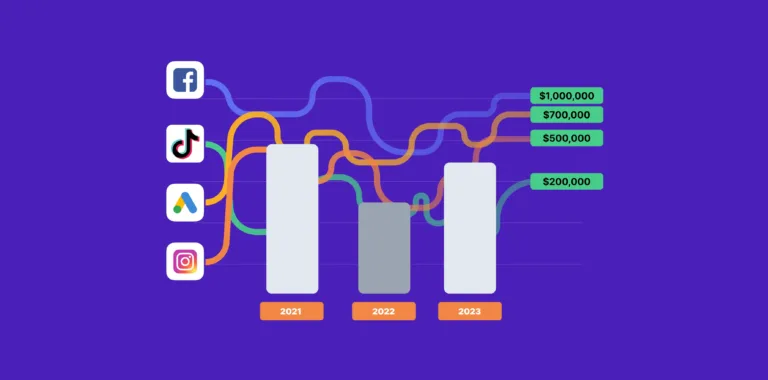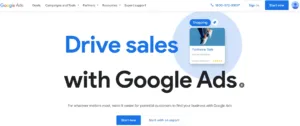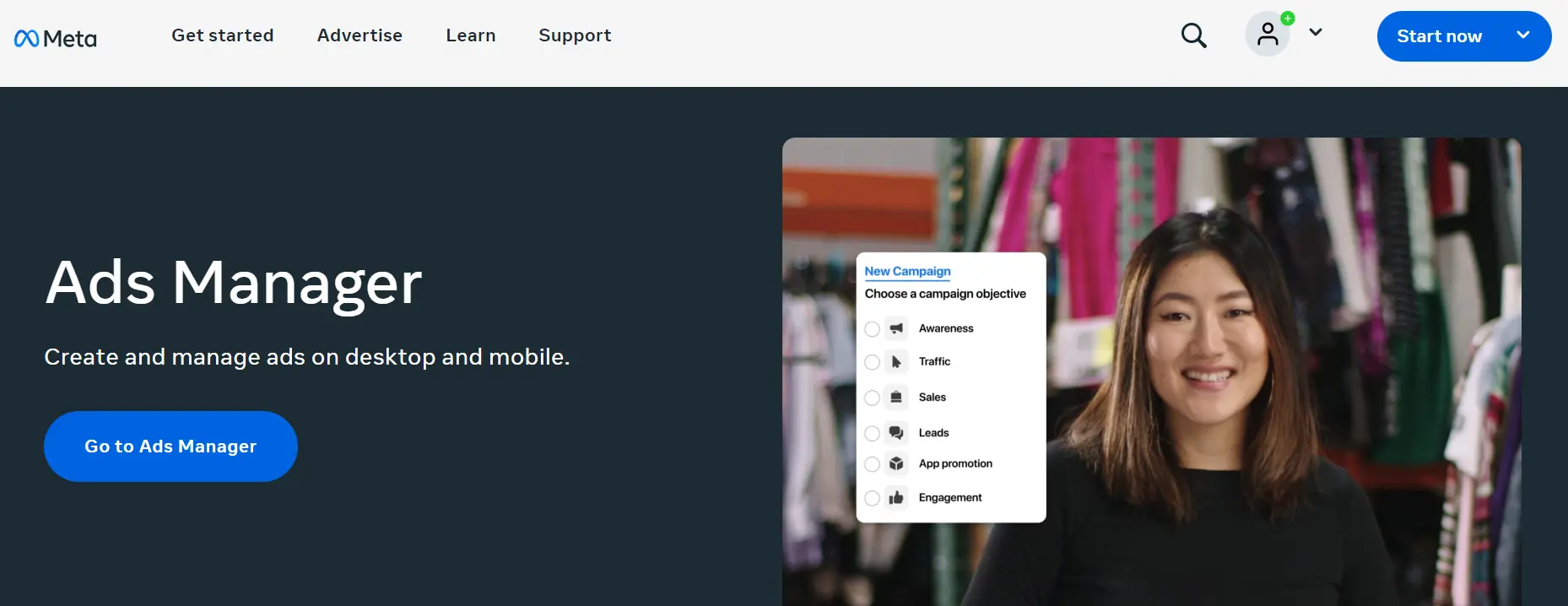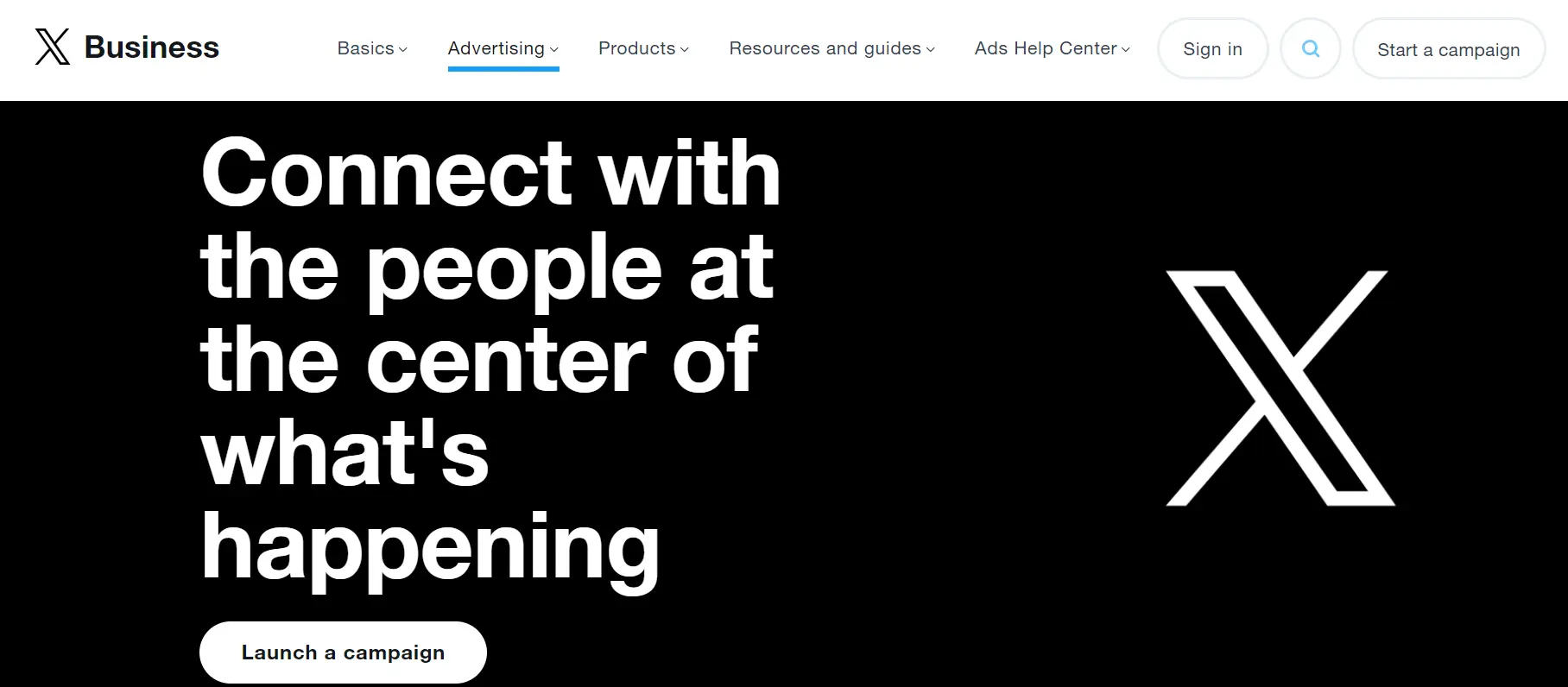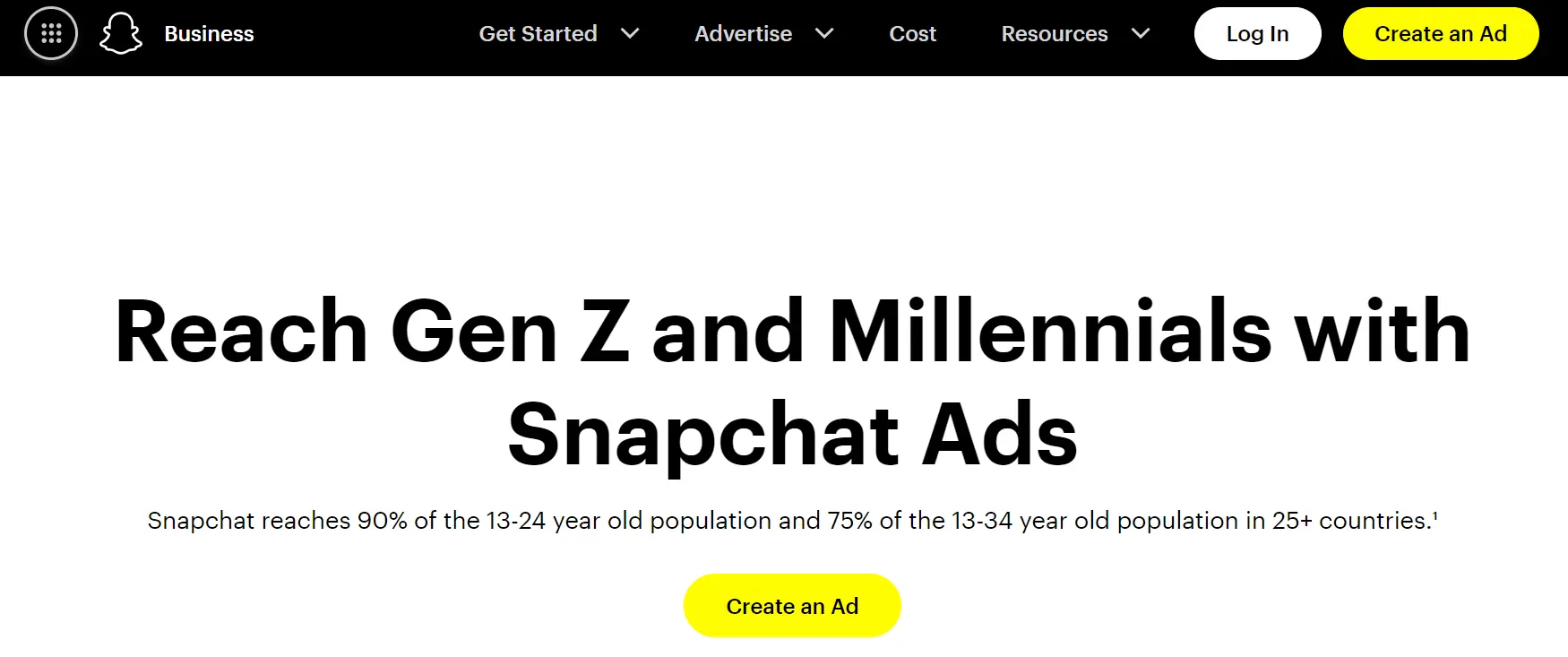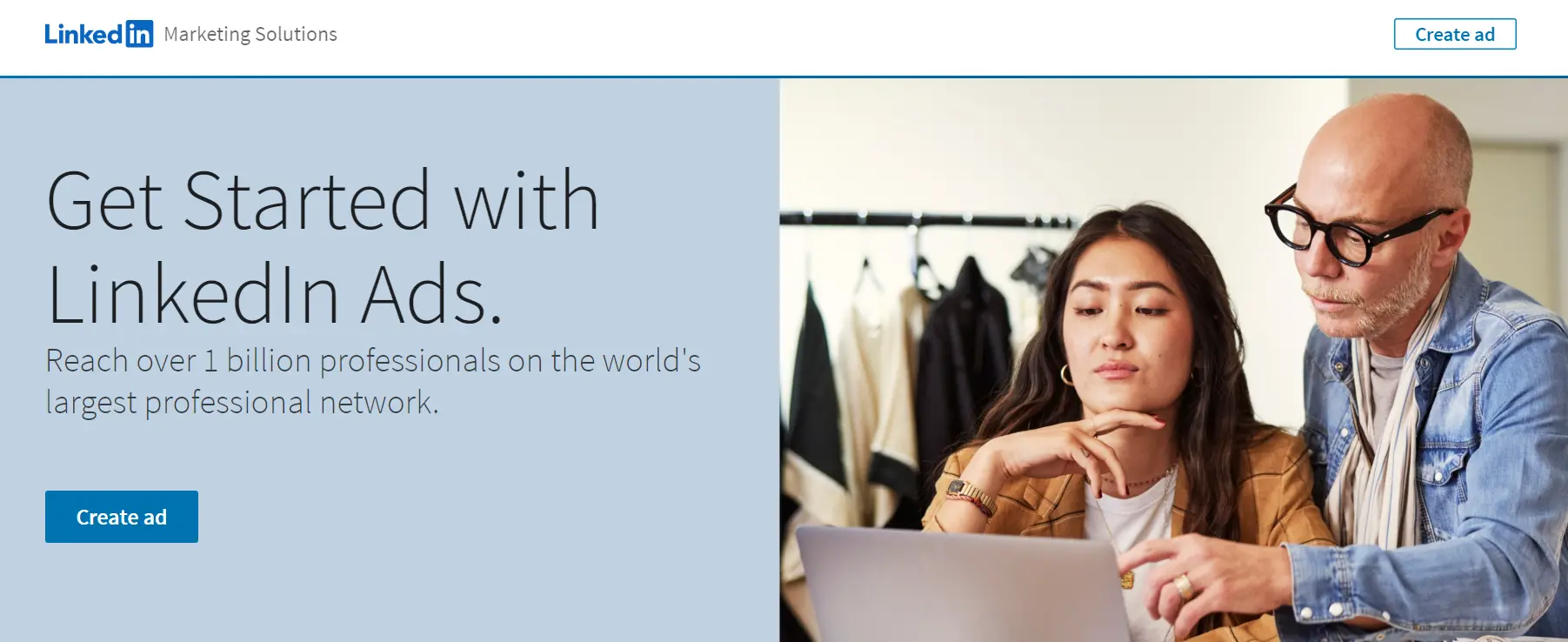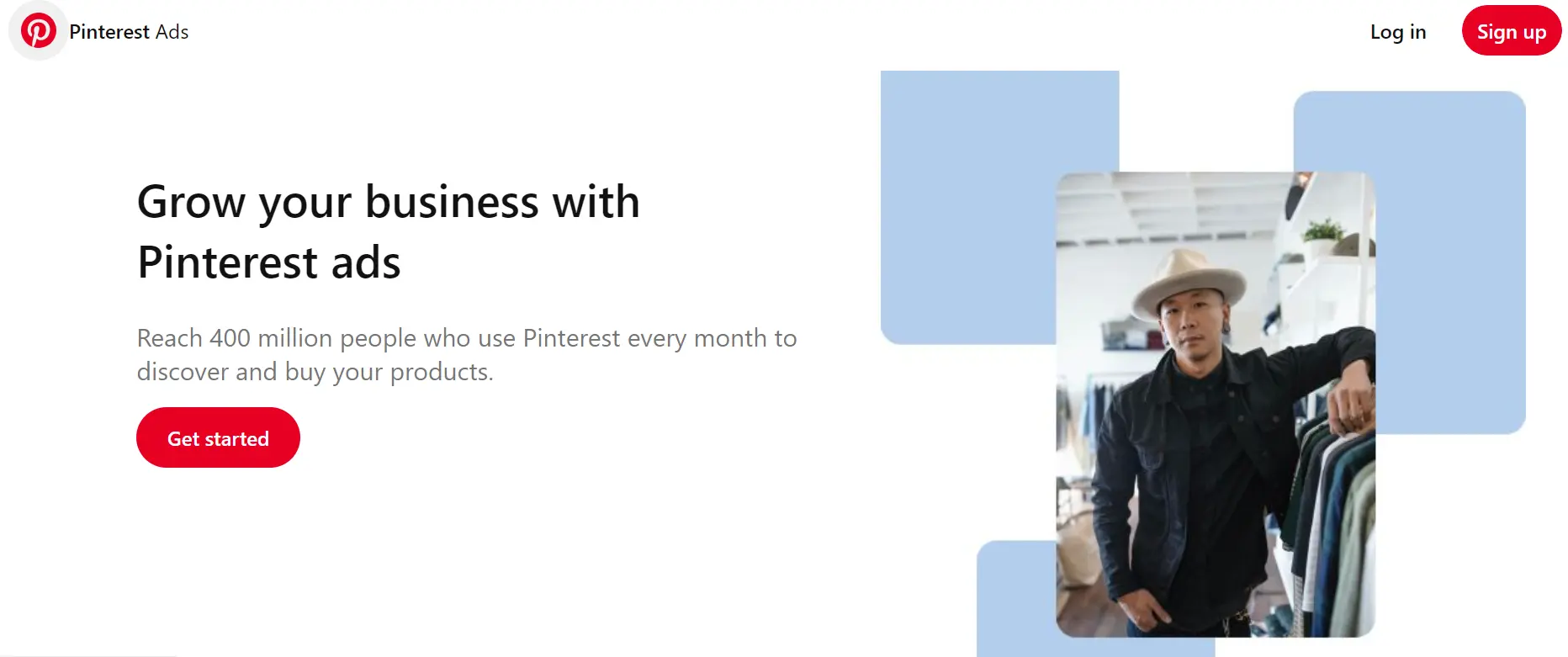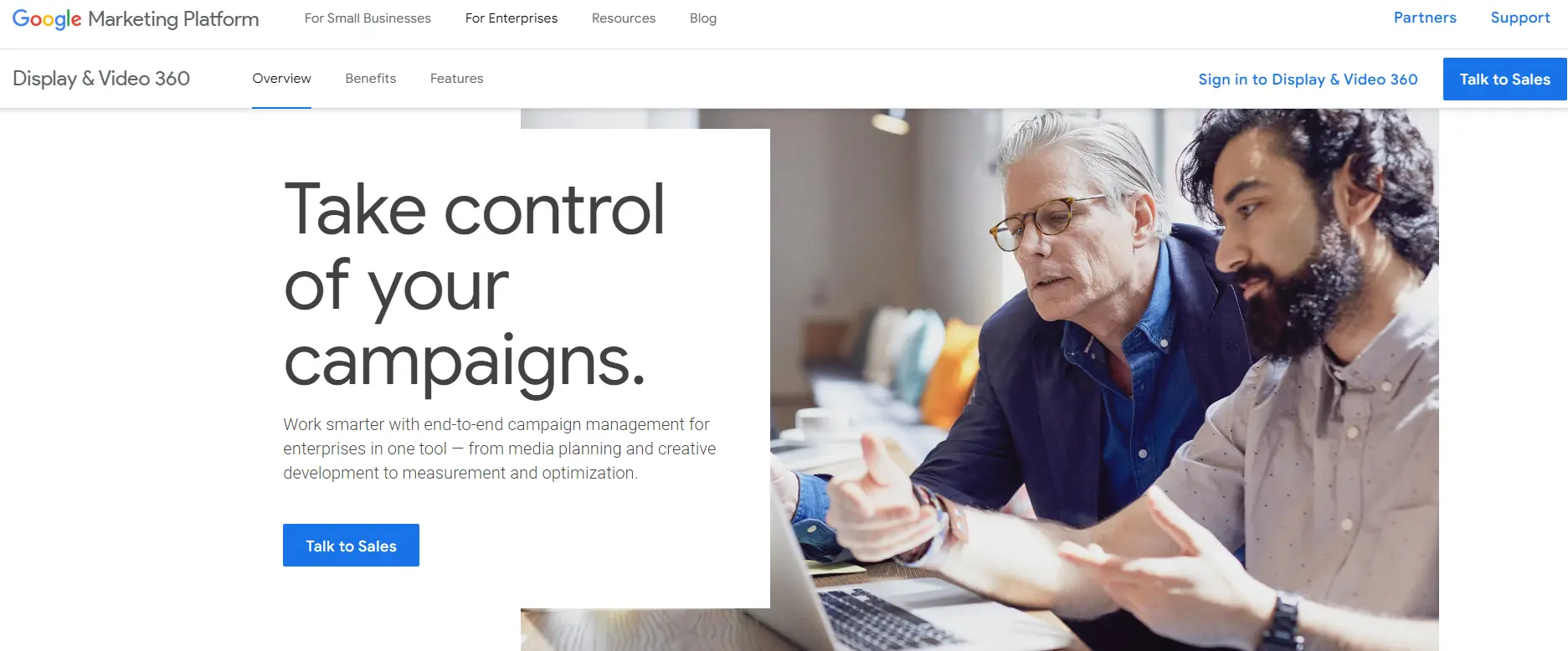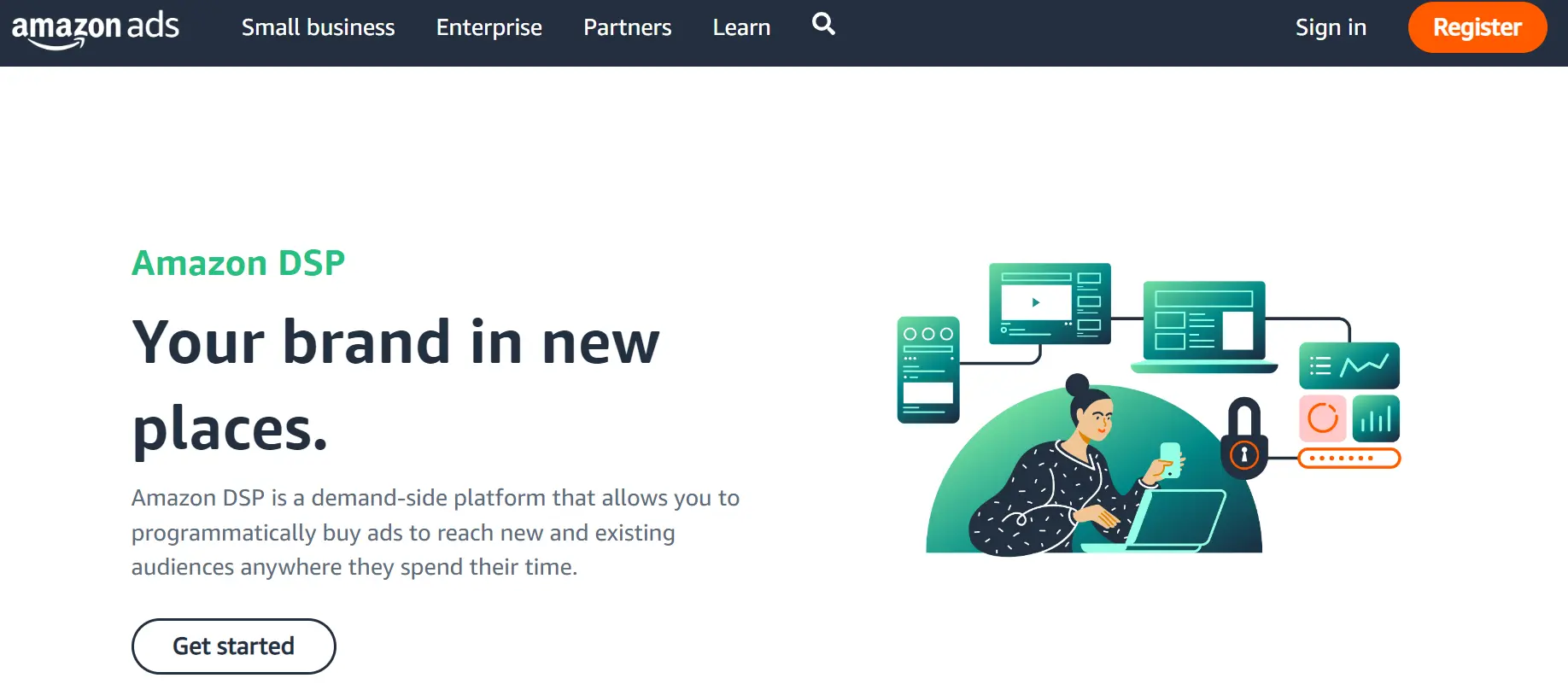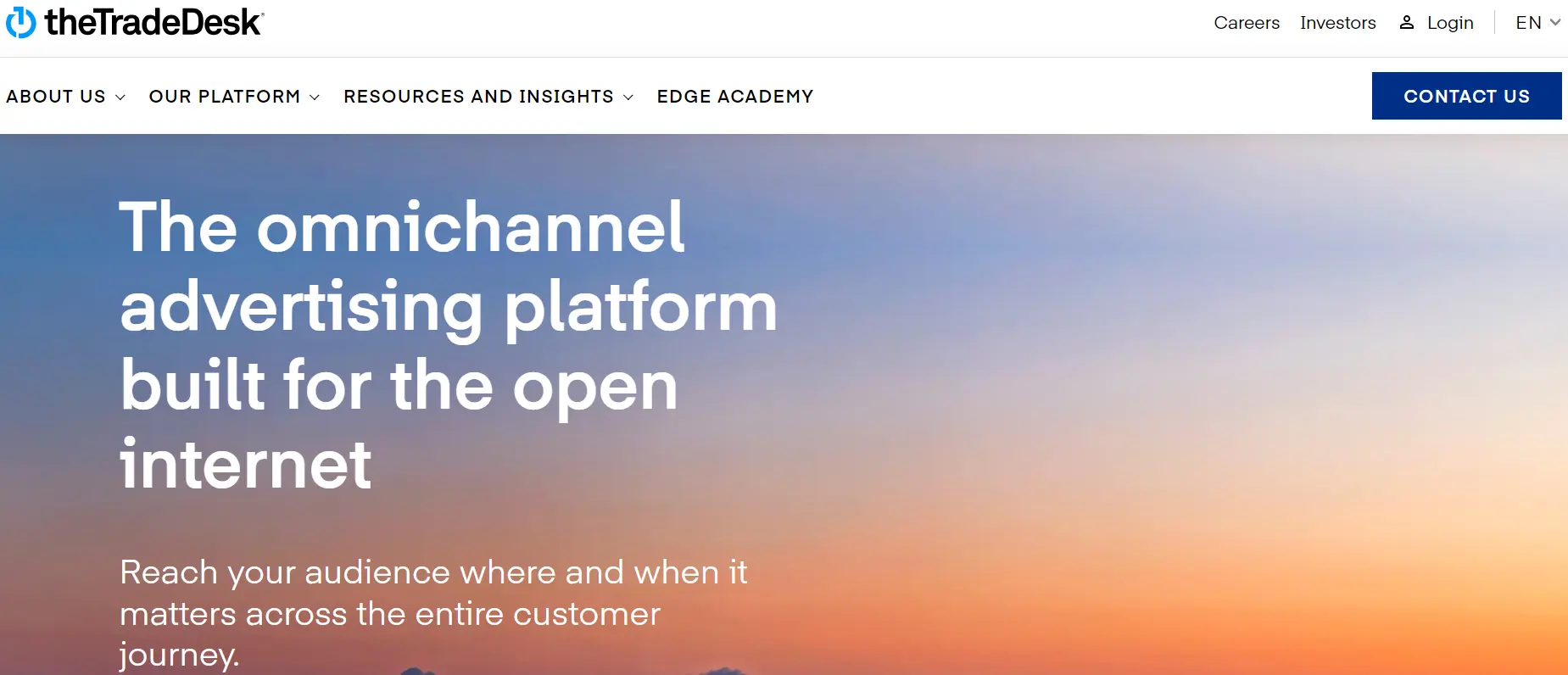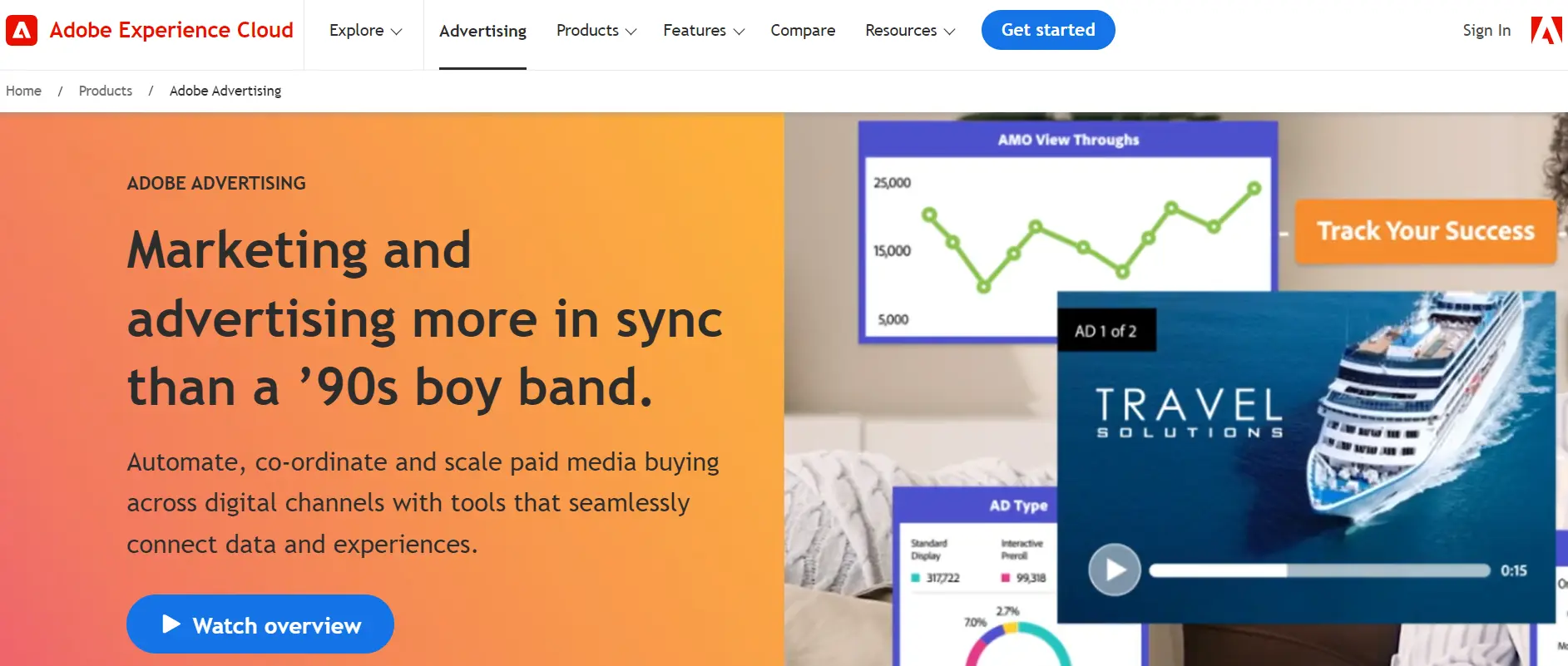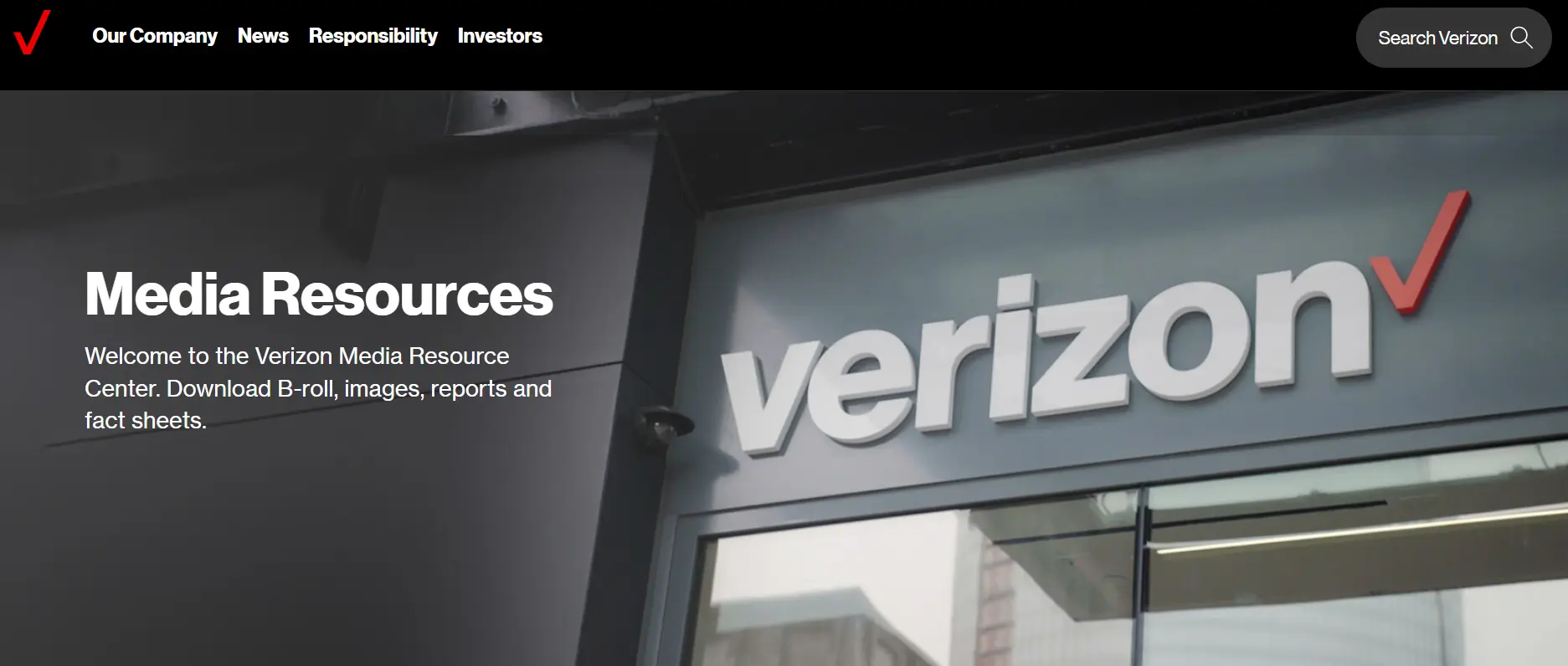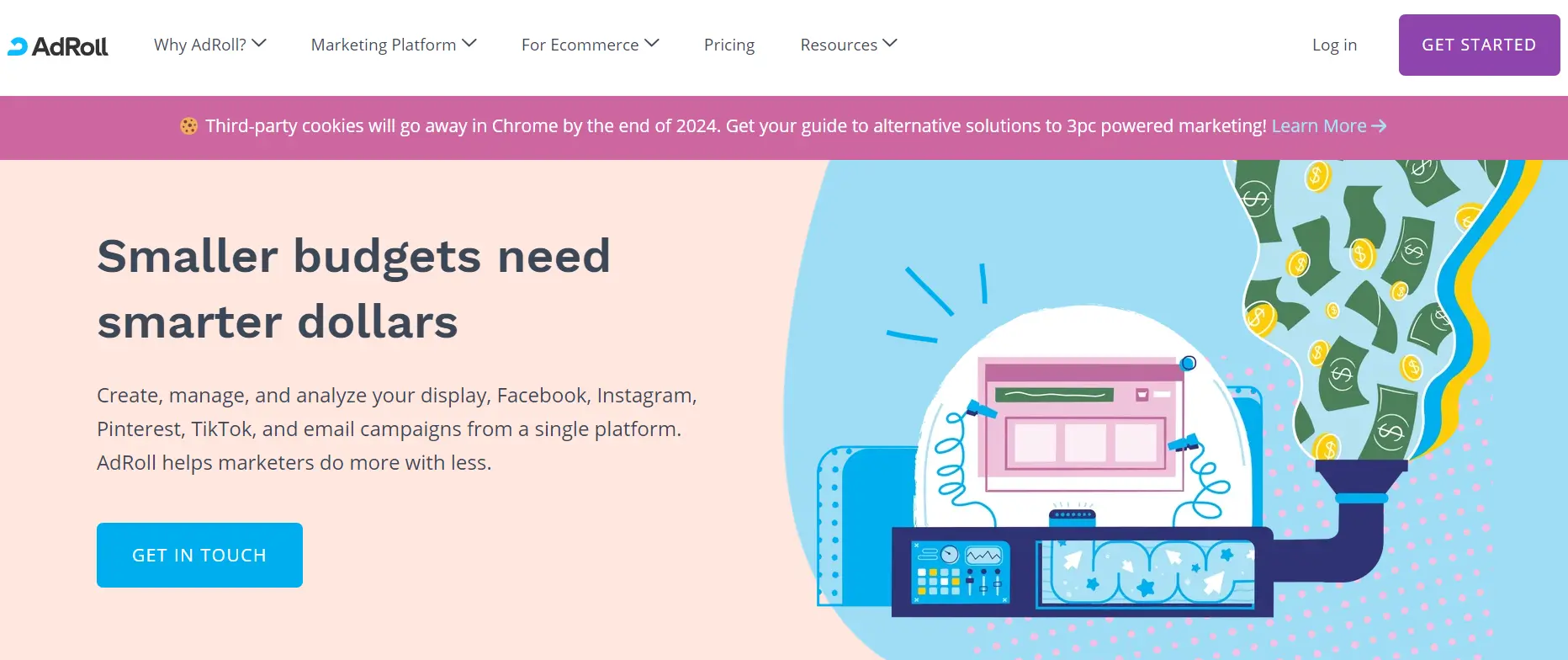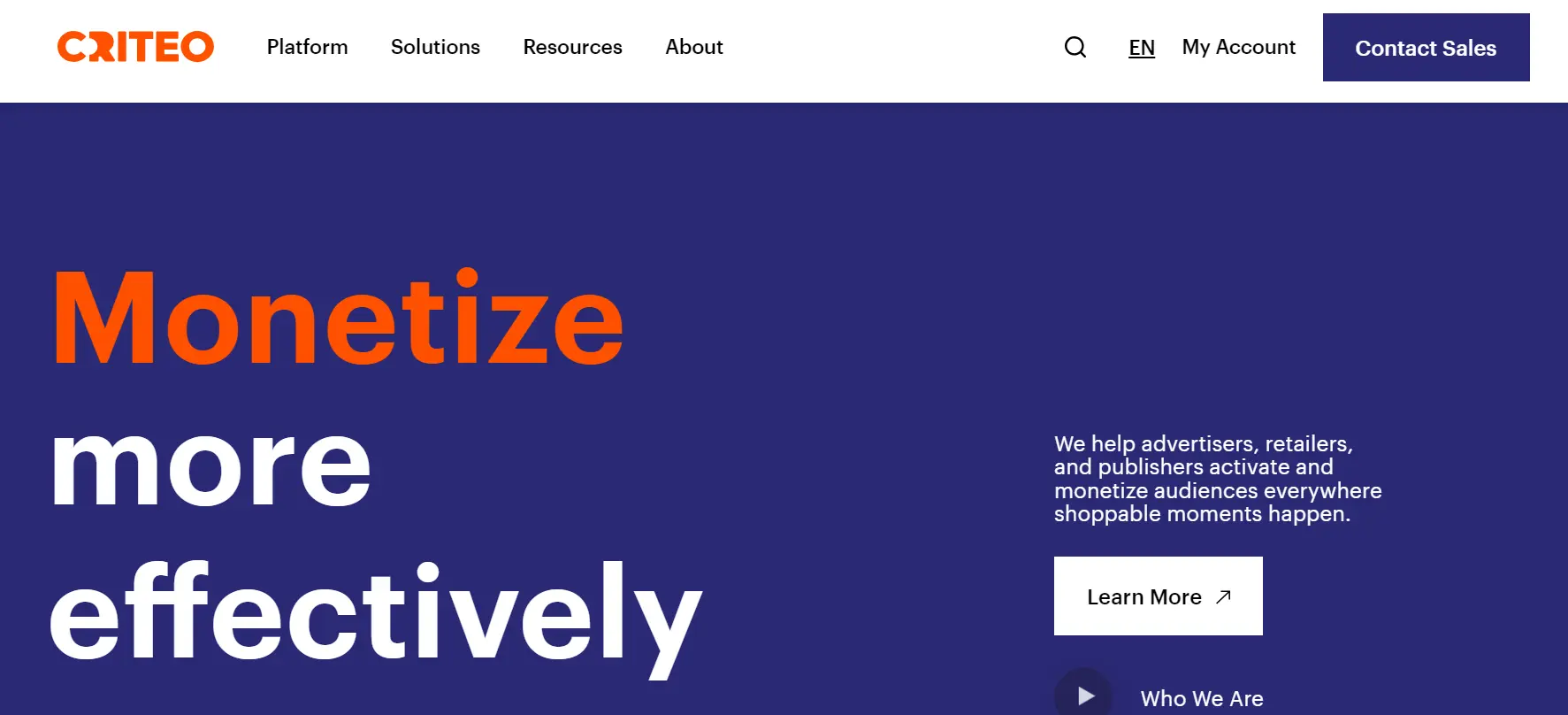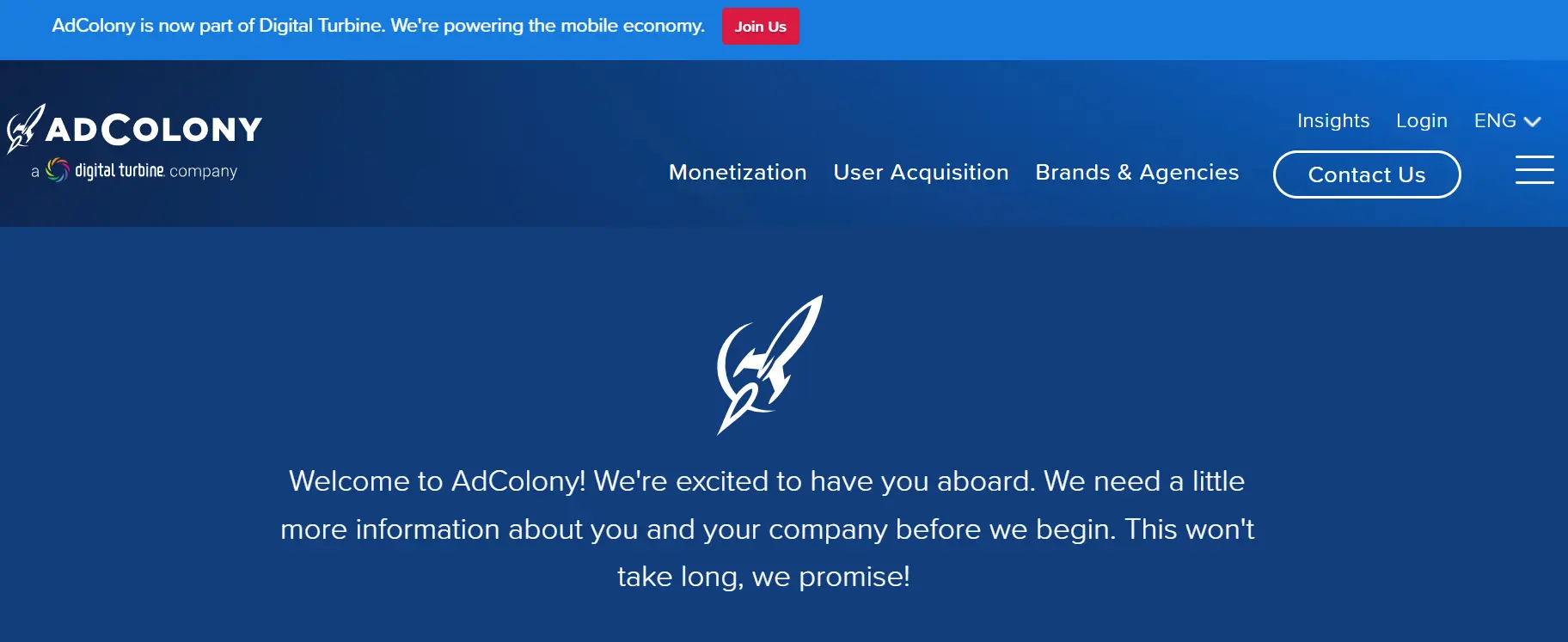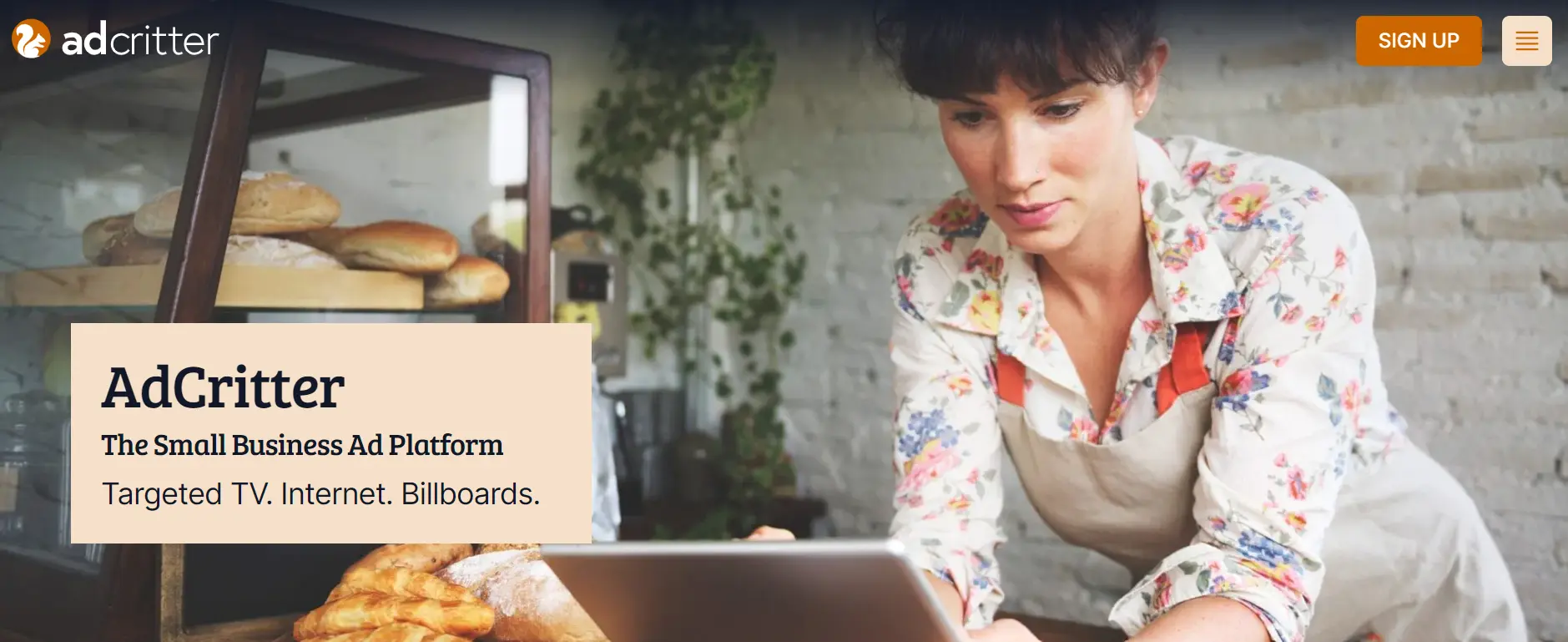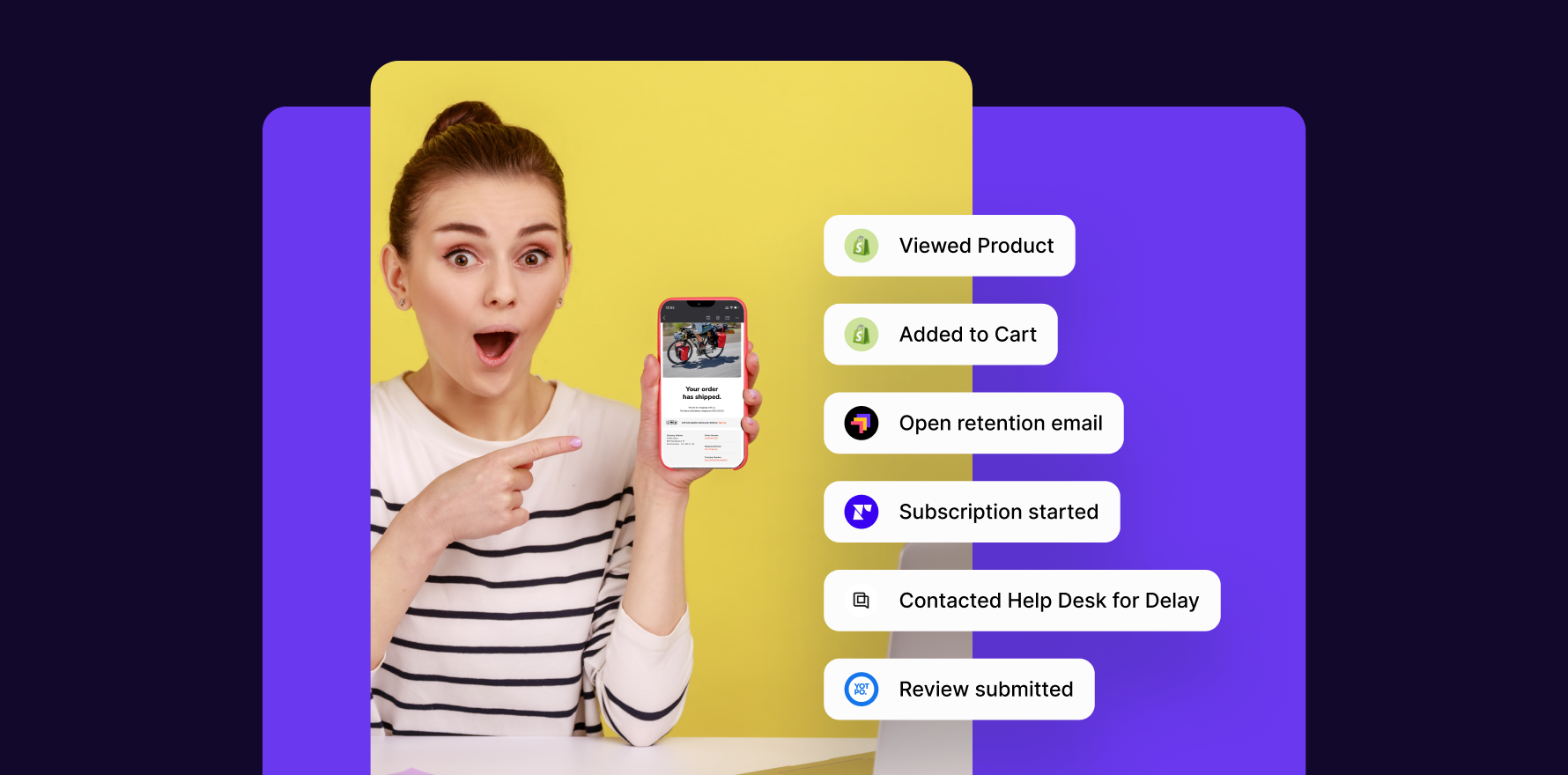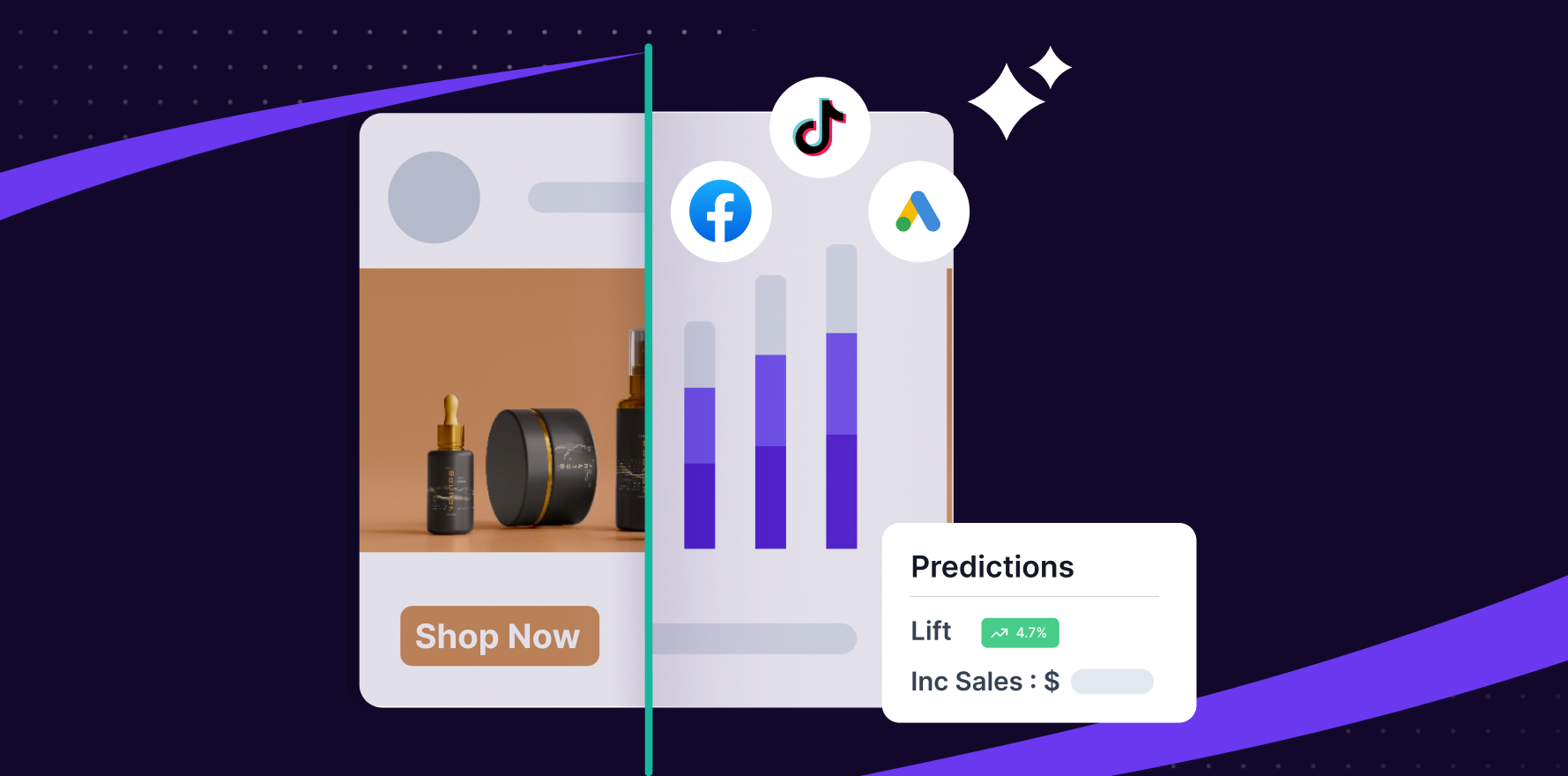In an era where the digital footprint of the average person exceeds 6 hours a day, the art and science of media buying have become indispensable for marketers. Gone are the days of simply choosing the perfect billboard spot or the prime-time TV slot.
These changes have driven media buying into a new era in which precision targeting and ad customization are both perks and musts. As we delve deeper into this complicated digital ecosystem, marketers’ task becomes clear: grasp the complexities of modern media buying and harness its power to attract the ever-changing online customer.
What is Media Buying?
Media buying is the process of purchasing advertising space to promote your products or services. It’s where the planning meets the road; after all, even the most meticulously crafted marketing strategy needs a vehicle to reach its audience.
The primary goal here is straightforward: to secure the most advantageous spots for your ads at the best possible price. Whether it’s a prime-time television slot, a standout position on a popular website, or a captivating billboard on a busy street, the right placement ensures your message resonates with your target audience effectively.
Types of Media Buying
1) Direct buying
Direct buying refers to the purchase of ad spaces directly from a publisher without using automated systems or intermediaries. This method involves negotiating directly with the website, platform, or media outlet where you want your ad to appear. It often includes buying specific slots for a set period, and ensuring your ads run in preferred locations at predetermined times. For businesses utilizing digital catalogs, a Flipsnack catalog can serve as a direct channel for showcasing ads, allowing brands to control placement and visibility without third-party involvement.
Advantages:
- Guaranteed placement: You know exactly where and when your ads will appear, providing a level of certainty and control over your ad environment.
- Customized deals: Allows for customized agreements, including preferred pricing, specific ad placements, and unique sponsorship opportunities not available through automated platforms.
- Stronger publisher relationships: Direct interaction fosters a stronger relationship with publishers, which can benefit future negotiations and custom ad opportunities.
2) Programmatic buying
Programmatic buying automates the buying and selling of online ad space using software and algorithms. This method utilizes data insights and technology to decide which ads to buy and how much to pay for them, all in real-time. It encompasses various buying mechanisms, including real-time bidding (RTB), private marketplaces (PMPs), and guaranteed deals.
Advantages:
- Efficiency and scale: Automates the ad-buying process, making it possible to manage multiple ad exchanges and data exchange platforms simultaneously.
- Targeting and personalization: Leverages user data for highly targeted advertising, ensuring ads reach the right audience at the right time.
- Cost-effectiveness: Often provides a more cost-effective way to purchase ads due to the algorithmic determination of ad prices and the ability to buy ad impressions individually.
Programmatic buying strips away much of the manual effort involved in media buying, though it demands a solid understanding of technology and trust in automated systems.
Media Buying by Channel
Broadly, we can categorize media buying by channel into two main types: traditional and digital. Each has its unique set of strategies, platforms, and outcomes.
| Feature | Traditional Media Buying | Digital Media Buying |
| Platforms | TV, radio, newspapers, billboards, magazines | Websites, social media, search engines, programatic |
| Targeting | Broad demographic groups (age, gender, location) | Highly specific targeting (interests, behaviors, detailed demographics) |
| Cost | Often requires a significant budget for prime placements | More flexible, with options for smaller budgets; costs can vary widely based on format and targeting |
| Measurement | Measured with estimated viewership, circulation figures, ratings | Real-time data analytics, click-through rates, impressions, conversions |
| Purchasing | Fixed schedules and spots purchased in advance | Real-time bidding, allowing for instant ad placements |
| Adaptability | Changes and optimizations can be challenging and slow to implement | Ads can be quickly adjusted, tested, and optimized in real time |
| Engagement | Passive engagement; viewers may see or hear ads without active interaction | Interactive engagement; viewers can click, share, or directly engage with ads |
| ROI Measurement | Indirect and often challenging to attribute directly to sales | Direct attribution to actions, allowing for precise ROI calculation |
| Reach | Can achieve broad reach but with less precision | Global reach with the ability to finely tune the audience |
3 Steps for Effective Digital Media Buying
1) Media planning
Media buying doesn’t operate in isolation. It’s one half of a duo, with media planning playing an indispensable role as its counterpart. Think of media planning as the architect, designing the blueprint of a campaign. It involves understanding your audience deeply, defining clear objectives, smartly allocating your budget, and selecting the right channels to carry your message.
Media planning determines who your ads should speak to, what message they should convey, and when this conversation should happen. Media buying, then, is the builder, turning those plans into reality by purchasing the spaces where those ads will live.
2) Set up your campaign
Whether you’re looking for extensive reach, detailed targeting, or programmatic efficiency, there’s a digital media buying platform that fits the bill. The specifics of this phase differ based on the media buying platform in question.
Commonly, when utilizing a demand-side platform (DSP), you’ll enter various campaign specifics, including the type of campaign, creative materials, budget, intended audiences, and approaches to bidding. After finalizing these inputs, the next steps are to initiate the campaign and anticipate outcomes.
If you are opting for a direct buying route typically involves a joint effort between your team and the account manager from the publishing side.
3) Monitor outcomes and make adjustments
One of the most critical and sometimes daunting aspects of rolling out an ad campaign is tracking its progress.
From the moment your campaign goes live, you begin to collect valuable data regarding its performance. It’s crucial at this juncture not to jump to conclusions prematurely. Accumulating sufficient data for a comprehensive analysis is key before considering any strategic shifts.
Here a media buyer’s role is to optimize the campaign’s success while adhering to budgetary constraints. Therefore, should an ad underperform as per the set benchmarks, making timely adjustments throughout the campaign’s duration is not just advisable but necessary.
For example, consider a plant-based snack brand initiating an advertising campaign on social media. They decide to test both carousel ads and a single-image ad. Within the initial days, data reveals the carousel ads are drawing more engagement and conversions compared to the single image ad.
Pro tip: Use modern multi-touch attribution tools for daily campaign optimization.
Best Digital Media Buying Platforms
Whether you’re looking for extensive reach, detailed targeting, or programmatic efficiency, there’s a digital media buying platform that fits the bill.
1) Google Ads
Google Ads stands as the colossus of digital advertising, offering access to the largest search engine and a network of websites worldwide. It enables advertisers to reach potential customers as they search for specific terms, browse websites, or use mobile apps. With its wide range of targeting options, from keyword and demographic to location and behavior, Google Ads ensures your message reaches the right audience at the right time.
2) Meta Ads Manager
meta-ads-manager-digital-media-buying-platform
Meta Ads Manager provides unparalleled access to the extensive user base of Facebook and Instagram. It’s renowned for its detailed targeting capabilities, including interests, behaviors, and detailed demographics. The platform also offers a variety of ad formats, from standard image and video ads to interactive carousel and story ads, making it a versatile choice for brands aiming to increase their visibility and engagement.
3) X Ads
x-ads-digital-media-buying-platform
X ads formerly known as Twitter ads allow brands to tap into real-time conversations and engage with a highly active user base. Its targeting capabilities include keyword, interest, and demographic options, making it ideal for timely and event-driven campaigns. X’s unique ad formats, such as promoted tweets and hashtags, offer creative ways to increase visibility and engagement.
4) Snapchat Ads
snapchat-ads-digital-media-buying-platform
Snapchat Ads cater to a younger demographic with engaging, ephemeral content. Its ad manager supports various ad formats tailored to the platform’s unique user experience, including Snap Ads, Story Ads, and Filters. Snapchat’s AR lenses provide a particularly innovative way to create interactive brand experiences.
5) LinkedIn Ads
linkedin-ads-digital-media-buying-platform
For B2B marketers, LinkedIn Ads is a premier platform, offering access to a professional audience. Its targeting options are tailored to reach users based on job titles, industry, company size, and more, making it highly effective for lead generation and professional branding.
6) Pinterest Ads
pinterest-ads-digital-media-buying-platform
Pinterest Ads are ideal for brands aiming to reach an audience planning future purchases. With options like promoted pins and shopping ads, Pinterest is especially effective for lifestyle, home decor, fashion, and food-related industries.
7) Google Display & Video 360
google-display-video-360-digital-media-buying-platform
DV360 is a comprehensive platform offering advanced features for buying display, video, TV, and audio ads across the internet. It integrates seamlessly with other Google services, providing access to extensive inventory and allowing for detailed audience targeting. DV360 excels in data integration, campaign management, and performance analysis, making it a powerful tool for advertisers seeking extensive reach with precise targeting capabilities.
8) Amazon DSP
amazon-dsp-digital-media-buying-platform
Amazon’s Demand Side Platform (DSP) allows advertisers to programmatically buy display, video, and audio ads both on and off Amazon’s platforms. What sets Amazon DSP apart is its access to Amazon’s vast consumer shopping data, enabling highly targeted advertising based on actual shopping and browsing behaviors. It’s particularly effective for advertisers aiming to influence purchase decisions and measure the direct impact of their ads on sales.
9) The Trade Desk
the-trade-desk-digital-media-buying-platform
The Trade Desk is a global programmatic advertising platform known for its flexibility, extensive inventory access, and advanced targeting options. It supports a wide range of ad formats across digital media, including social, mobile, video, and connected TV. With a strong focus on data-driven decision-making, The Trade Desk offers sophisticated tools for optimization and real-time bidding, catering to advertisers looking for efficiency and scale.
10) Adobe Advertising Cloud
adobe-advertising-cloud-digital-media-buying-platform
Part of Adobe’s Digital Marketing Cloud, Adobe Advertising Cloud offers a unified platform for managing ads across traditional TV and digital formats. It emphasizes transparency and control, allowing advertisers to plan, buy, and measure their advertising efforts across channels from a single interface. Its integration with Adobe Analytics and Audience Manager enhances its targeting and optimization capabilities.
11) Verizon Media
verizon-media-digital-media-buying-platform
Verizon Media offers a suite of advertising tools and solutions across its portfolio of brands and networks. It provides access to diverse inventory, including Yahoo, AOL, and other Verizon-owned platforms. Verizon Media is recognized for its strong mobile and video advertising performance, with advanced solutions for targeting, ad delivery, and measurement.
12) Basis
basis-digital-media-buying-platform
Basis stands out for its comprehensive media buying and campaign management capabilities, emphasizing ease of use and efficiency. It supports direct, programmatic, search, and social media buying from a single platform, integrating tools for planning, buying, analytics, and business intelligence. Its user-friendly interface and automated workflows make it accessible for teams of all sizes.
13) AdRoll
adroll-digital-media-buying-platform
AdRoll specializes in retargeting, helping advertisers to re-engage website visitors across the web, social media, and email. It’s designed to work for businesses of all sizes, offering solutions to increase brand awareness, conversions, and customer loyalty. AdRoll’s platform uses AI to optimize ad campaigns, delivering personalized ad experiences to users based on their online behavior.
14) Criteo
criteo-digital-media-buying-platform
Criteo is best known for its dynamic retargeting technology, which personalizes online display ads to users who have previously visited the advertiser’s website. It leverages large-scale data to understand user intent, delivering relevant ads that drive high conversion rates. Criteo’s platform is designed for e-commerce companies looking to boost sales through targeted advertising.
15) Adcolony
adcolony-digital-media-buying-platform
Adcolony is a mobile video advertising platform known for its high-quality video ads optimized for mobile apps. It provides advertisers with in-app advertising solutions that focus on user engagement and interactivity. Adcolony’s technology ensures ads are delivered seamlessly without disrupting the user experience, making it ideal for brands looking to capture the attention of mobile users.
16) AdCritter
adcritter-digital-media-buying-platform
AdCritter is a platform designed to simplify the programmatic advertising process for small to medium-sized businesses, making advanced advertising technologies accessible to companies without the need for large advertising teams or budgets. It provides a user-friendly interface that allows advertisers to create, launch, and manage TV and digital ad campaigns across a multitude of channels, including web, mobile, social media, and Connected TV (CTV).
Future of Media Buying
By the time we reach the late 2020s and early 2030s, social media giants, with their vast user bases and extensive data repositories, are expected to be at the forefront of shaping the advertising sector. Amazon, Facebook, and Google, as leading platforms in the market, will likely become prime spaces for company advertisements.
Also, an increased emphasis on programmatic buying highlights a shift towards more efficient, data-driven decisions, moving away from traditional negotiation processes. Meanwhile, the rise of Connected TV (CTV) and Over-the-Top (OTT) advertising reflects a significant shift in viewership from traditional TV to online platforms, offering targeted, interactive ad opportunities.
Adapting to changes, experimenting with new strategies, and leveraging data for informed decision-making are all crucial for staying ahead.
You may also like
Essential resources for your success
